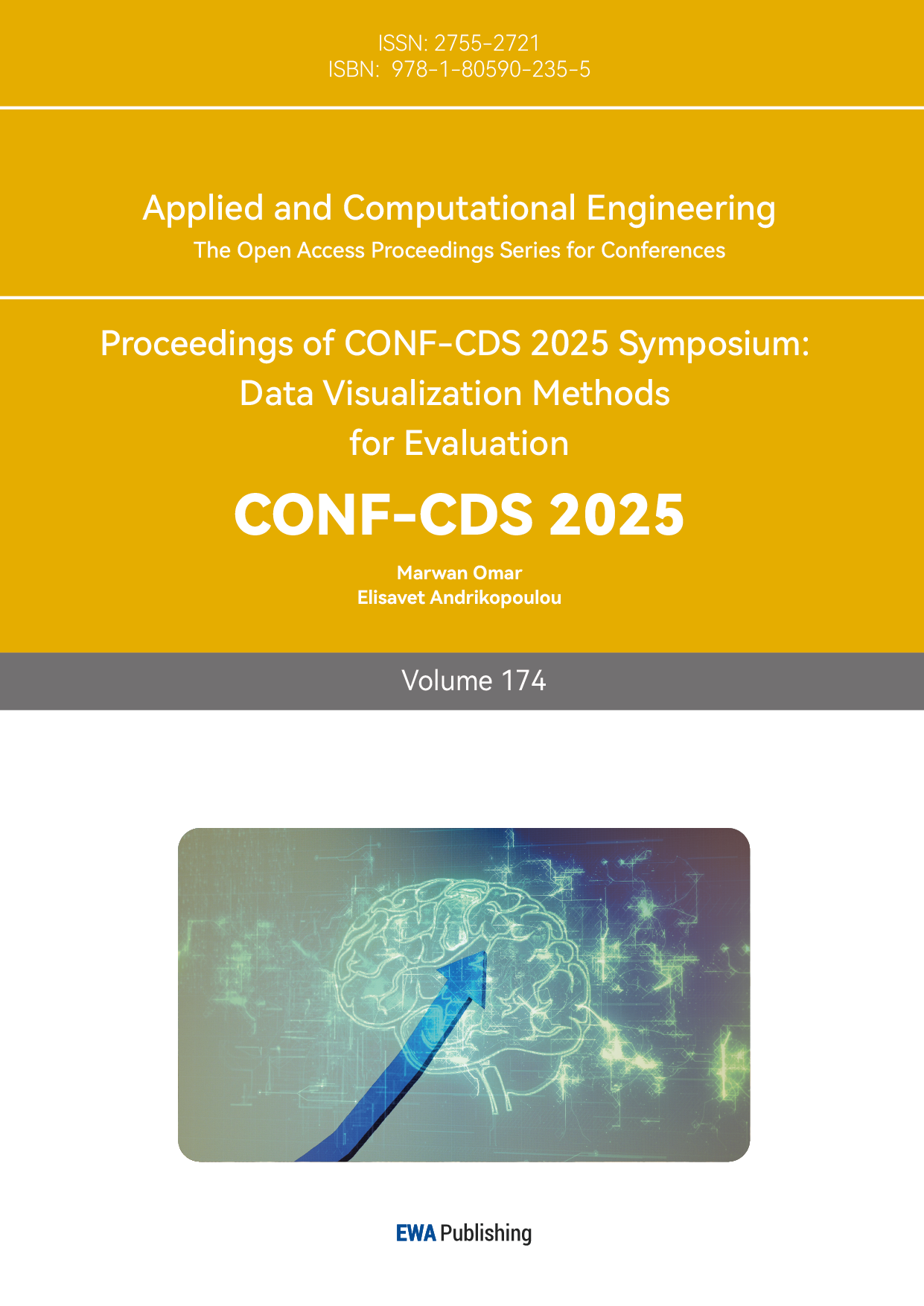References
[1]. Guo Zhengxin. Study on a WiFi-based Non-contact Personnel Activity Perception Method [D]. Nanjing University of Posts and Telecommunications, 2022.
[2]. Yuan Wenyang. Research on the Detection Boundary of Human Activity Based on WiFi Channel State Information [D]. Nanjing University of Posts and Telecommunications, 2023.
[3]. Yang Yilong, Liang Chenhua, Feng Yifei, et al. Research Status and Prospects of Non-contact Vital Sign Monitoring Technology [J]. Chinese Medical Equipment, 2023, 38(06): 151-156.
[4]. Wang Dachun, Li Guohe, Wang Feng, et al. Research status of tool wear monitoring based on deep learning [J]. Tool Technology, 2022, 56(06): 3-13.
[5]. Zhang Yixing. Research and System Implementation of a Defect Detection Method for Ampoules Based on Deep Learning [D]. Shijiazhuang Tiedao University, 2021.
[6]. Chen Tianqi, Zhang Yuqian, Zong Baochao, et al. Development and application of heart rate and respiratory life characteristic monitoring technology [J]. Chinese Journal of Medical Devices, 2021, 45(02): 188-193.
[7]. Yu Yiran. Research on non-contact respiratory detection in WiFi scenarios [D]. Yunnan University, 2020.
[8]. Cui Min. Data Processing of Electrical Equipment Monitoring Based on Text Recognition Technology [D]. North China Electric Power University, 2019.
[9]. Tong Tingyang and Ma Zhenzhou. Near-field detection technology for the consistency of ultra-high frequency RFID tags [J]. Electronic Technology Application, 2013, 39(04): 62-64.
[10]. Yue Yu. Research on Separation Technology of Heart and Respiratory Signals in Biological Radar Detection Technology [D]. Fourth Military Medical University, 2007.
[11]. Yi Yeqing. Blind Source Signal Separation Based on Evolutionary Algorithm [D]. Hunan University, 2005.



